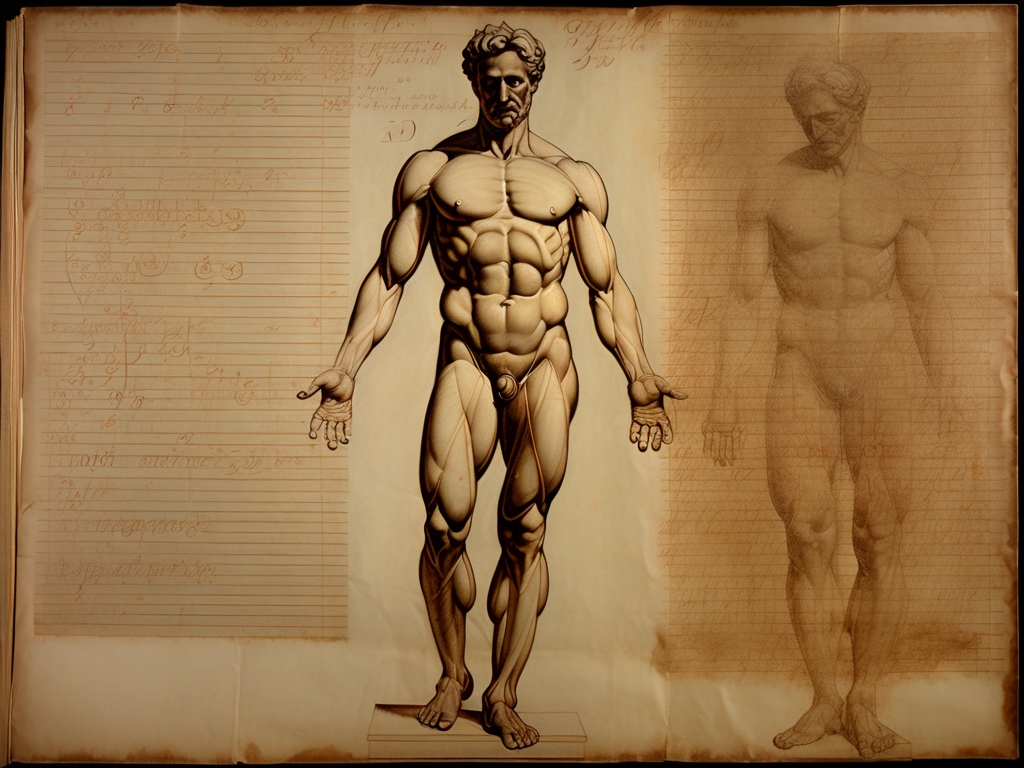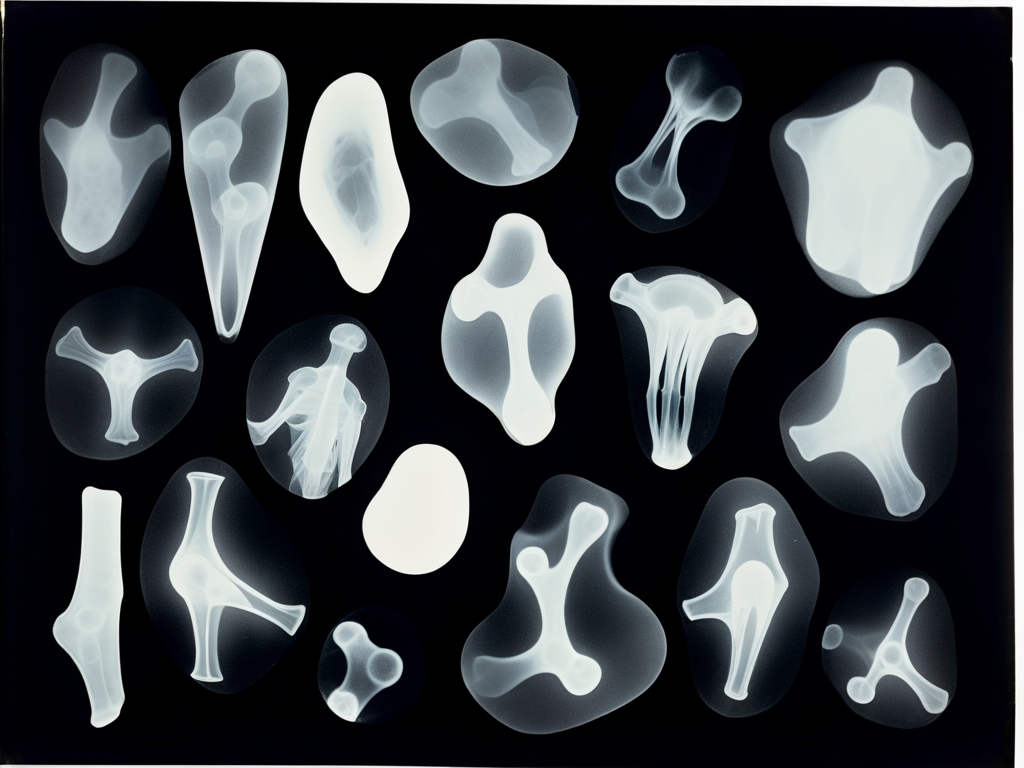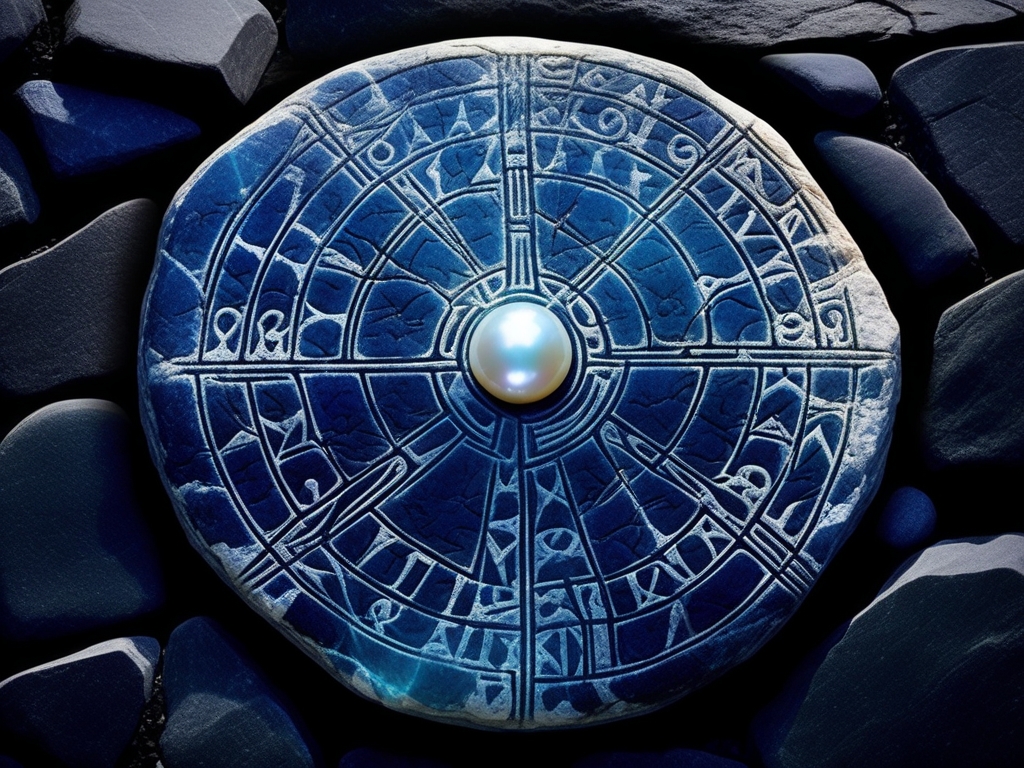The Fallen Oracle

The stone stele emerges from the shadows like a fevered vision carved in dark rock, its surface polished to an uncanny sheen that flickers between deep charcoal and glimmers of gold beneath the muted glow of the gallery lights. Visitors linger before this funerary monument, drawn by an inexplicable pull emanating from the hollow eyes etched into its timeworn facade.
"The bronze remembers her anguish—divinity withdrawn leaves echoes that never fade." Dr. Isadora Blackthorne, Archaeo-Spiritualist
The relief portrays a woman poised in ritual—arms raised high within an oval frame rimmed with delicate linear motifs. Her countenance wears the tranquil mask of divine communion, yet beneath that serenity lies something unsettling: a fragile asymmetry distorts her features as if the very stone rebelled against perfect balance. Such disturbing ambiguity was seldom dared by ancient Greek artisans in their sacred imagery.
Pythaia was oracle to the mountain tribes of Thrace, where Greek order mingled uneasily with wilder ancient rites. The elders whispered of her gift—the ability to commune with star-spirits who murmured secrets of futures through dreamlike trances. For seven years her prophecies shaped harvests, unions, and wars with unerring certainty.
But all unraveled with the advent of a blood-red comet hanging motionless over northern skies for thirteen nights. The once gentle voices writhed into cacophonous screams that drove her writhing beneath sacred groves, crimson rivulets spilling from her ears.
Fragmentary tribal chronicles recount Pythaia’s desperate quest to reclaim favor—fasting till her ribs showed through translucent flesh; resting upon beds of iron thorns; offering her own lifeblood at silent altars. Yet silence answered.
On winter solstice eve she ascended alone to the sacred peak. Lightning tore through night skies repeatedly, casting ghostly light upon her stark silhouette. By dawn only this stone stele remained—strangely warm despite frozen earth below.
The artifact’s origins defy explanation: no known quarry nor workshop capable existed within hundreds of miles; yet mineral fingerprints mark it unmistakably local stone. Stranger still is its lingering warmth—a mystery confounding geologists for centuries.
Though given customary burial rites by surviving tribesfolk, murmurs persisted that Pythaia’s spirit roamed restless—seeking voices long since departed. Shamans spoke of nightmares haunted by a woman crying out into empty heavens—her call echoing across realms bereft of gods.
Ravensfield secured this enigmatic relic in 1923 via Cornelius Whitmore-Ashford during expeditions among Rhodope villages where locals begged him not disturb “the singing stone” said to weep metallic tears come midnight.
Today visitors tell tales of sudden chills near the stele; whispers in lost tongues brushing against their ears; dreams beneath alien constellations vivid and haunting—as though Pythaia’s torment still burns quietly within the dark rock seeking gods who have forever turned away.




